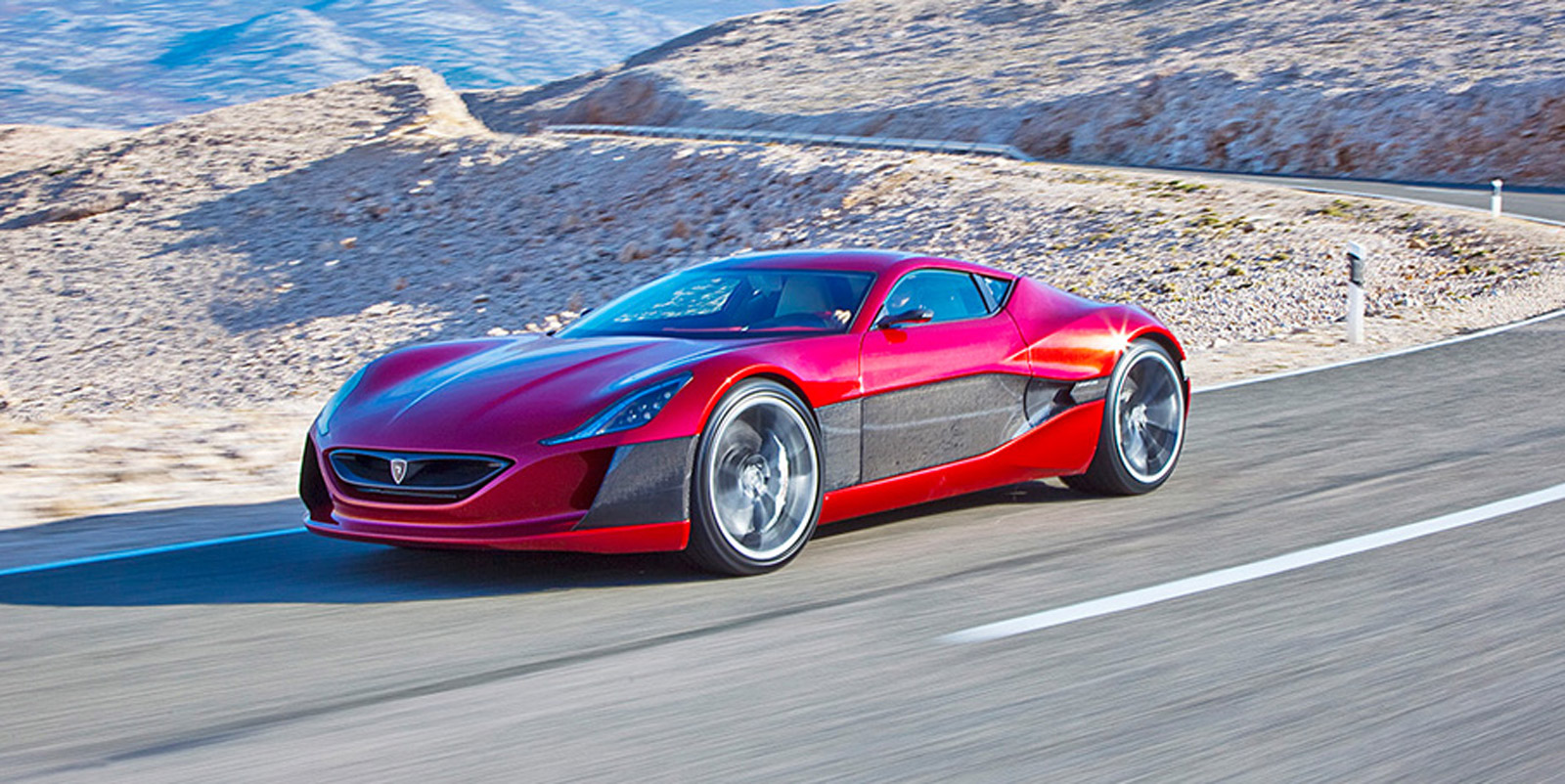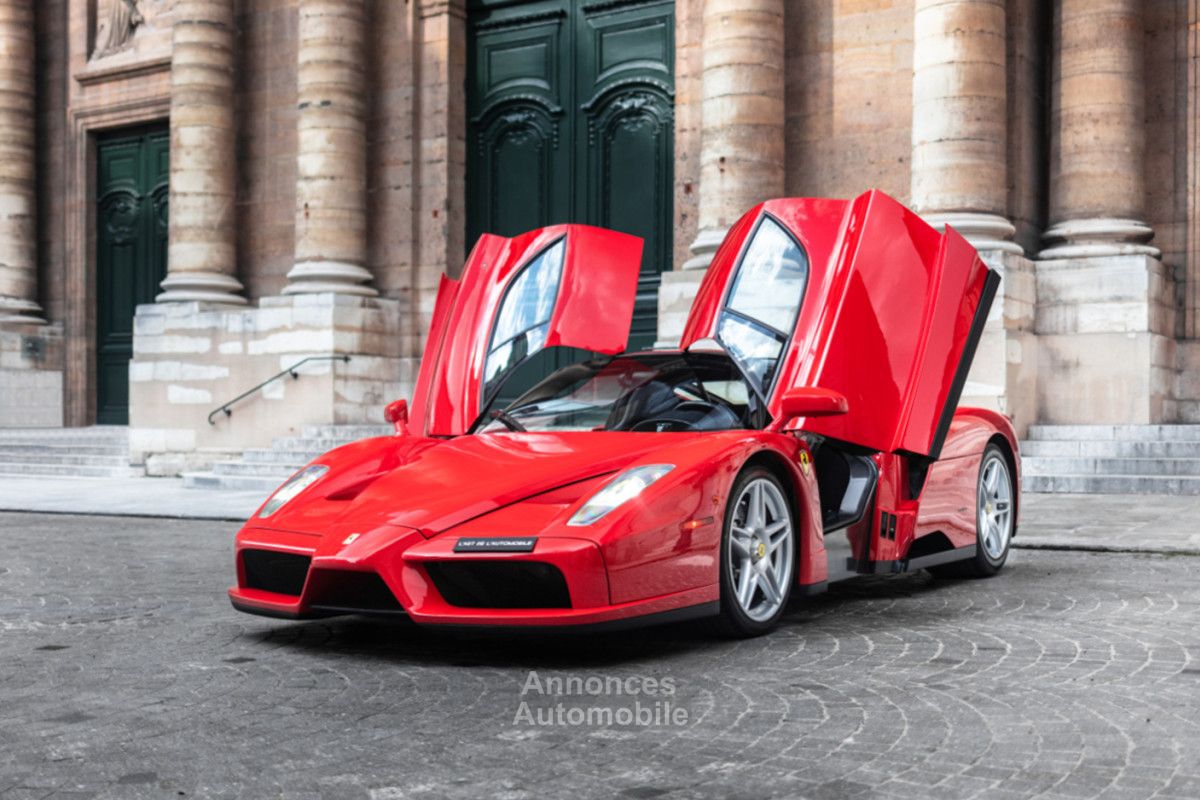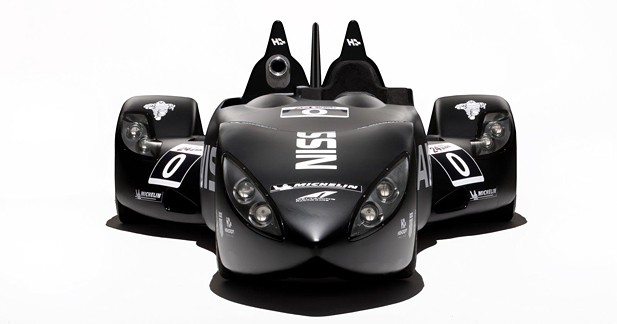Just when you thought the world’s fastest cars had reached the pinnacle of motoring physics, a new generation is set to break the boundaries once more Today’s hypercars are faster, lighter, safer, cleaner and more efficient than ever before, as they push physics to the limit to deliver the ultimate thrill behind the wheel. The fi rst car in the world to hit 322 kilometres (200 miles) per hour was a purpose-built land speed machine driven by Sir Henry Segrave at Daytona Beach, USA in 1927. Now, everyday road-going hypercars reach that figure easily, and some go way above that. Lightweight chassis and body panels are now used to help keep the overall weight of these cars at large to a minimum, greatly increasing a car’s power-to-weight ratio – essential for extracting maximum power.
The McLaren P1
The McLaren P1 is the latest pioneer to the enhancement of motoring physics. The P1 is not a looker in comparison to other exotic cars, but its aerodynamic design helps to make it one of the quickest around. Body panels appear tightly moulded around its powerful inside like lots of modern Formula One cars. The P1’s parallels with the premier motorsporting discipline don’t stop there either as McLaren has unleashed much of its in-house F1 tech on this road-going hypercar – particularly in terms of aerodynamics. Inside, the car is very simple in order to shed weight, and extensive aerodynamic tweaks ensure really high levels of downforce for a road car.
PORSCHE 918 SPYDER
PORSCHE 918
SPYDER Like the McLaren P1, the Porsche 918 Spyder uses lightweight effi ciency
along with brute power and aerodynamic refinement to get up to 322 kilometres
(200 miles) per hour with ease. The drivetrain and other components weighing
over 50 kilograms (110 pounds) in the plug-in hybrid are kept as low and
central as possible to improve the centre of gravity and aid handling at speed.
The exhaust pipes are also placed high up above the engine, for mechanical
reasons rather than aerodynamics; the exhaust is occupying the already hot
space above the engine, keeping the space underneath the engine cool enough to
mount electric batteries. Meanwhile, a carbon monocoque chassis means that the main
part of the car is lightweight, while fl aps underneath the headlights open to
aid cooling of internal components and close at higher speeds to reduce drag.
RIMAC CONCEPT ONE
RIMAC
CONCEPT ONE Although many hypercars use hybrid technology to cut down emissions,
the Rimac Concept One is the fi rst to be fully electric, eliminating the
boundaries set by combustion engines including rev limits and turbo lag.
Instead of a traditional combustion engine, this car’s powertrain is divided up
into four electrical subsystems consisting of a motor, inverter and reduction
gearbox, with each subsystem powering one wheel independently. Even better, the
92-kilowatt battery has a decent range too, powering the hypercar for up to 600
kilometres (373 miles) of driving with no environmentharming emissions.
FERRARI ENZO
FERRARI
ENZO Ferrari’s new hypercar is effectively the 2013 equivalent of its last true
hypercar, the 2003 Ferrari Enzo. Although LaFerrari retains the same overall length
and wheelbase as the Enzo, key specifi cation adjustments allow for this new
model to go even faster. LaFerrari is 43 millimetres (1.7 inches) narrower and
31 millimetres (1 .2 inches) shorter than the Enzo to the fl oor, with a
35-millimetre (1.4-inch) lower centre of gravity and greater weight
distribution to the rear (by a whole two per cent). This means the car can slip
through the air quicker and better hug the ground around bends – both crucial
ingredients for going fast. Ferrari is another high-performance brand keen to
clean up its act, so LaFerrari has also employed hybrid technology in order to
bring overall exhaust emissions down.
NISSAN DELTAWING
NISSAN DELTAWING Although not a commercial production car, Nissan’s DeltaWing is a motoring phenomenon. The rip-roaring race car reaches 100 kilometres (62 miles) per hour in just 3.3 seconds and powers on to a top speed of 315 kilometres (196 miles) per hour – all from a modest four-cylinder, 1.9-litre turbocharged engine. Such excellent performance is delivered by well-thought-out physics. First, the car’s mass: the majority of the chassis and body panels on the DeltaWing are made from carbon fi bre (a composite that is lighter than steel), aluminium and other materials. The DeltaWing weighs a mere 490 kilograms (1,080 pounds) so less power from the engine is needed to get the vehicle moving. The position of weight is also impor tant: the rear engine, rear wheel drive layout, coupled with the narrow front and wide back end, means weight distribution is more towards the back than on most cars, with 72.5 per cent of the total mass between the wide back tyres.
KOENIGSEGG AGERA R
KOENIGSEGG AGERA R The Agera R can produce 850 kilowatts (1,140 horsepower) from its 5.0-litre, twin-turbocharged V8 powertrain. It has 48.3cm (19- inch) wheels; not only are they made from carbon fi bre, but they’re hollow-spoked too, saving 40 per cent over similar alloy wheels. While other hypercars manage downforce with an active rear wing that changes height according to speed, the Agera R changes its angle of wing to literally target downforce upon the rear. The angle isn’t determined by heavy hydraulics, but by the pressure of the wind. With the angle of the wing dictated by wind resistance, this compensates for headwind or tailwind at the same given speed. The Aero Exhaust is also shaped to improve air release.
BUGATTI VEYRON SPEEDIEST SPORTS CAR
BUGATTI
VEYRON With a top speed of 432 km/h, the Bugatti Veyron Super Sport is the
fastest street-legal car in the world. It’s a beautiful luxury sports car that
can go so fast it needs special features to prevent it from lifting off the
road! Jeremy Clarkson of the BBC programme Top Gear called the Veyron “The
greatest car ever made and the greatest car we will ever see in our lifetime.”
The car can be legally driven at top speed only in countries with no maximum
speed limit.
GET READY FOR SPEED
The Veyron’s everyday top speed (in ‘handling mode’) is 350 km/h.
When it reaches 220 km/h, the car adapts automatically. Hydraulics lower the
body to reduce the ground clearance to 9 cm and the wing and spoiler deploy.
The wing provides 3,425 N of force to hold the car down on the road. If the
driver turns on ‘top speed mode’, it can go even faster. The car checks that
the driver and car are ready and safe, then the spoiler retracts, the front air
diffusers shut and ground clearance drops to 6.5 cm.














0 Comments